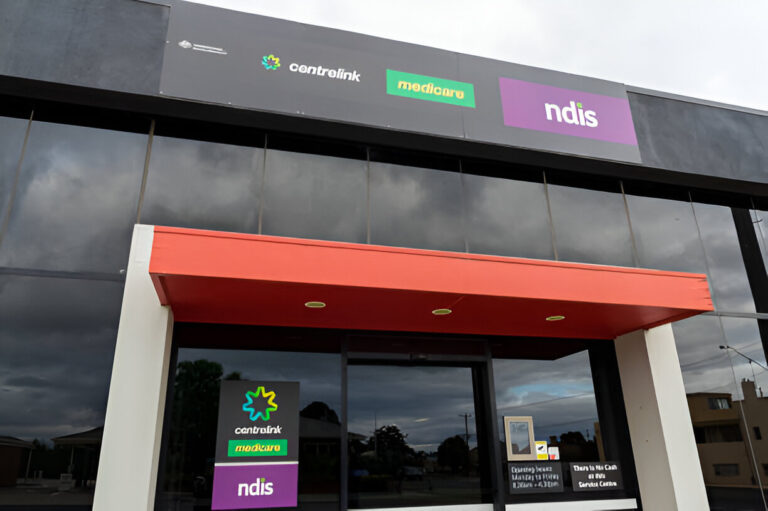The National Disability Insurance Scheme (NDIS) is one of Australia’s most important initiatives, offering people with disabilities the support they need to live more independently and achieve their goals. But if you’ve ever tried to read through official NDIS information, you might feel lost in a maze of acronyms, categories, and confusing terms.
This article breaks it all down—no jargon, no long-winded explanations—just the essentials of how the NDIS works and how to get the help that truly makes a difference.
What’s the NDIS?
The NDIS is a government-funded program designed to support Australians who have a permanent and significant disability. It provides funding for services and support that can improve your everyday life, such as:
- Personal care (help with dressing, showering, eating)
- Therapy and rehabilitation services
- Equipment and mobility aids
- Help with social activities, education, and employment
The goal is to give people with disabilities more choice and control over the care and services they receive.
Who’s Eligible?
Not everyone qualifies for the NDIS. You can apply if you:
- Are under 65 years old
- Live in Australia and have the right residency status (citizen, permanent resident, or special visa)
- Have a disability that’s permanent and affects your ability to do daily tasks
If you meet these criteria, you can request an access decision from the National Disability Insurance Agency (NDIA), the organization that manages the NDIS.
How Do You Start?
Getting started involves a few key steps:
- Apply – You’ll fill out an access request form and provide documents (like medical reports) showing your disability and how it affects your life.
- Meet with a planner – If you’re approved, you’ll talk with a NDIS planner or a Local Area Coordinator to discuss what support you need.
- Get a plan – You’ll receive a personalized NDIS plan with funding in specific areas like therapy, daily support, or transport.
- Use your funding – You can choose your own providers or ask for help managing the plan.
The most important thing to remember? It’s your plan, and it should work for you. You get to choose what services you use and who provides them.
What Can NDIS Pay For?
Every person’s plan is different, depending on their needs. Funding is usually broken into three main categories:
- Core Supports – Day-to-day help (e.g., personal care, household tasks)
- Capacity Building – Services that help build independence (e.g., speech therapy, job coaching)
- Capital Supports – Equipment and technology (e.g., wheelchair, home modifications)
The key is that the support must be reasonable and necessary—and help you live a better life.
Why the Right Provider Makes a Big Difference
Getting a plan is just the start. The impact really comes from who you work with. A trusted NDIS provider in Sydney can help you make the most of your funding by delivering personalized support in a way that fits into your life.
The best providers don’t just tick boxes—they take the time to understand your goals, listen to your needs, and provide services that respect your routine, preferences, and future plans.
Whether it’s help with everyday tasks, community access, or support coordination, working with a provider who knows the system and cares about the outcome can ease the pressure on you and your family.
Can the Plan Change?
Yes. Your NDIS plan isn’t permanent. If your needs change or something isn’t working, you can ask for a plan review. This is especially helpful if:
- You’ve had major life changes
- You need more (or less) support
- You aren’t using parts of your plan
- You want to try different services
Simple Tips for Navigating the NDIS
- Keep notes about services, conversations, and how support is helping
- Ask questions—don’t be afraid to ask for clearer explanations
- Stay involved in every step of the planning process
- Choose providers you trust and who explain things clearly
- Check in often to see if your plan is still working for you

